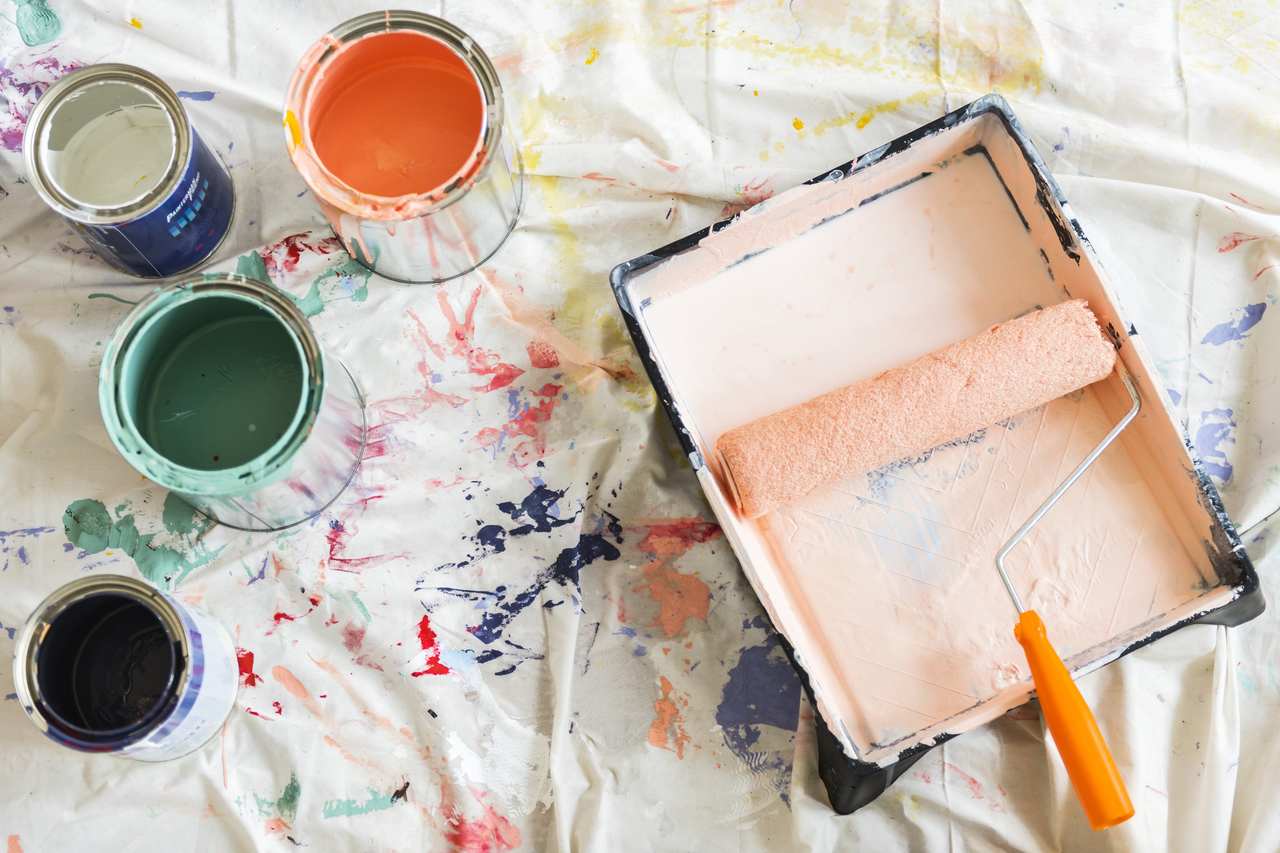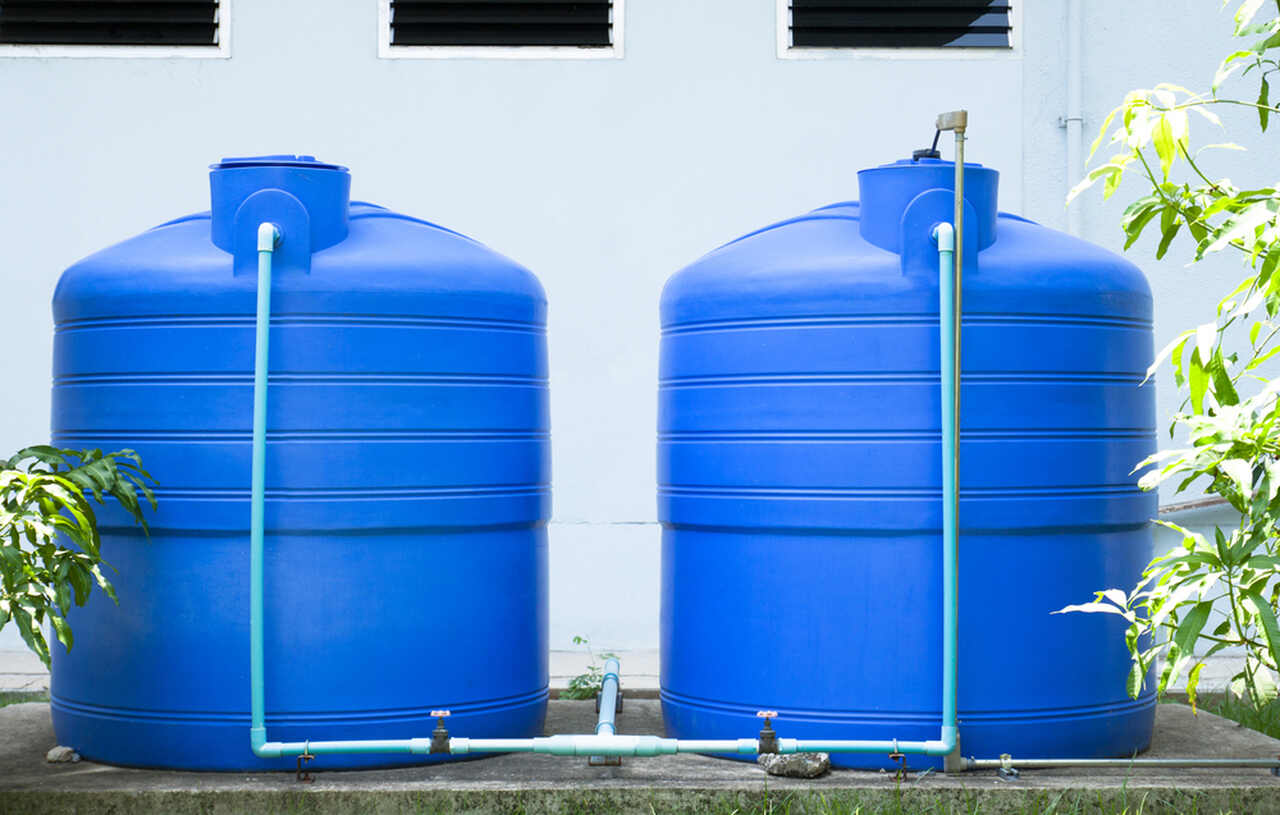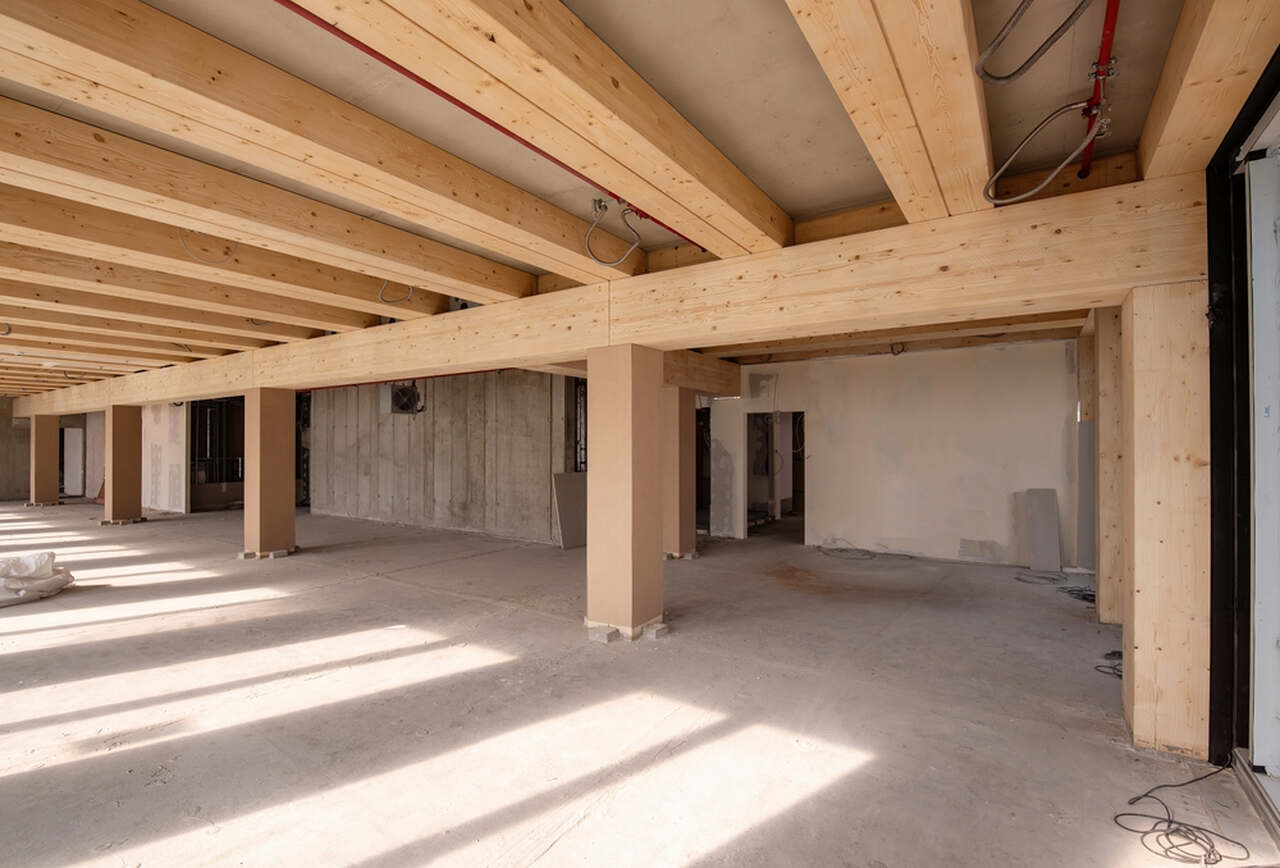
Most of us worry about the color to use when looking for paint. However, picking a color is actually less important than the base and structure of it. Being an indispensable part of the construction sector, it is essential to know what type of paint you need to use before purchasing one. Choosing the right type of paint can be challenging, but when you understand the differences between paint types and their formula, it becomes easier.
Selecting the right paint and achieving the best result depends immensely on the application area. Where are you going to apply the paint? The application areas differ in their surface types. And you cannot apply every paint type to any surface. So, before you purchase the paint, consider and search the answers for questions like what paint to use on metal, what paint to use on wood, what paint to use in the bathroom.
As the surfaces change, so does the paint type. For example, to get the best result of painting a metal surface, you need to apply an anti-corrosion primer before painting. For the kids’ room, it is best to opt for zero-VOC paint.
In this article, we will go through water-based paint, what to know before you purchase one, and what to do before you apply the water-based paint or any type of paint.
What is Water-Based Paint?
Water-based paint is one of the most popular and well-known paint types for home applications. This is because emulsion water-based paint is eco-friendly, odorless, and has a wide range of color options. Additionally, it is easy to apply water-based paint with simple brushes and paint rollers. Water-based paints are also called latex paints. They consist of a pigment and a binder with water used as a carrier. Water-based paint is more advantageous compared to oil paint as it:
- Dries faster.
- Environmentally friendly.
- Odorless or has less odor.
- Preserves its color over time.
- Can be cleaned with soap and water.
What to Know Before You Purchase Water-Based Paint
Before you buy any type of paint, we suggest you understand the existing paint on your wall or any surface you will paint. Pinpoint the current type of paint you have on that surface. To do this, wipe the surface with denatured alcohol. If you see there is paint picked up on the rag, then your current paint is water-based. If there is no paint on the rag, then it is most likely oil-based paint.
What to Do Before You Apply Any Type of Paint
Once you decide on the right product based on the area and the surface to apply the paint, you need to prepare the surface for the best performance. Check the wall that you will apply the paint. Is it solid or does it have any cracks? If it has any cracks, you should repair the cracks with proper concrete wall crack repair products. Choosing the right concrete repairing products is the key to obtain concrete strength.
In this stage, if your wall is not in a proper state for paint application, it may be wise to ask for professional help. If the concrete is not strong enough yet, the applied products on it may not work properly. For example, the applied paint may not adhere and cause flaking, thus would not protect the wall. For the perfect paint result, the best concrete repair products and best workmanship go hand in hand.
If you will apply the paint to your bathroom, you should ensure your bathroom waterproofing is perfectly done before applying the paint. When the bathroom walls are not waterproofed, the paint does not adhere, and it causes chalking and blistering problems. Clearly, it would not be the desired look in your bathroom.
If you are not sure about waterproofing, you may need a professional. Waterproofing is an essential part of your building. It affects not only the aesthetic look of a building but also the performance of it. It may cause decaying and even irreversible corrosion.



